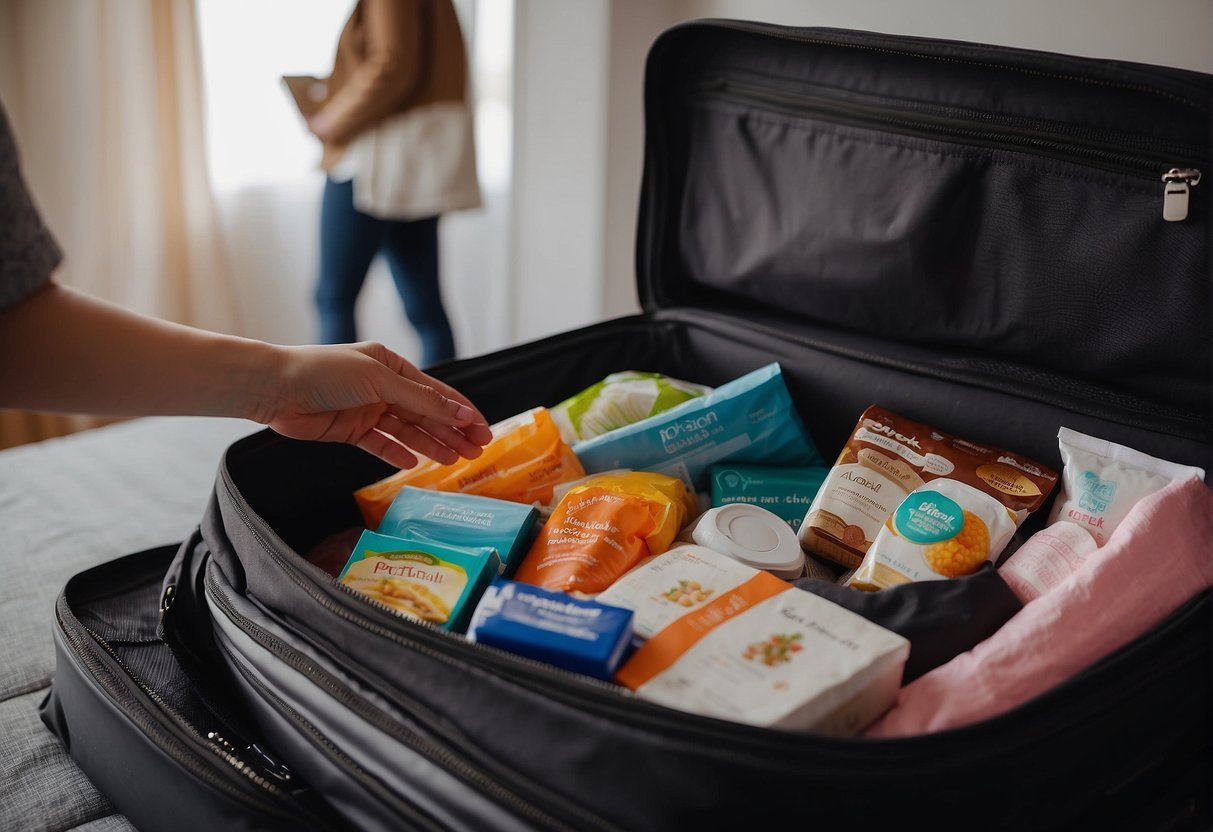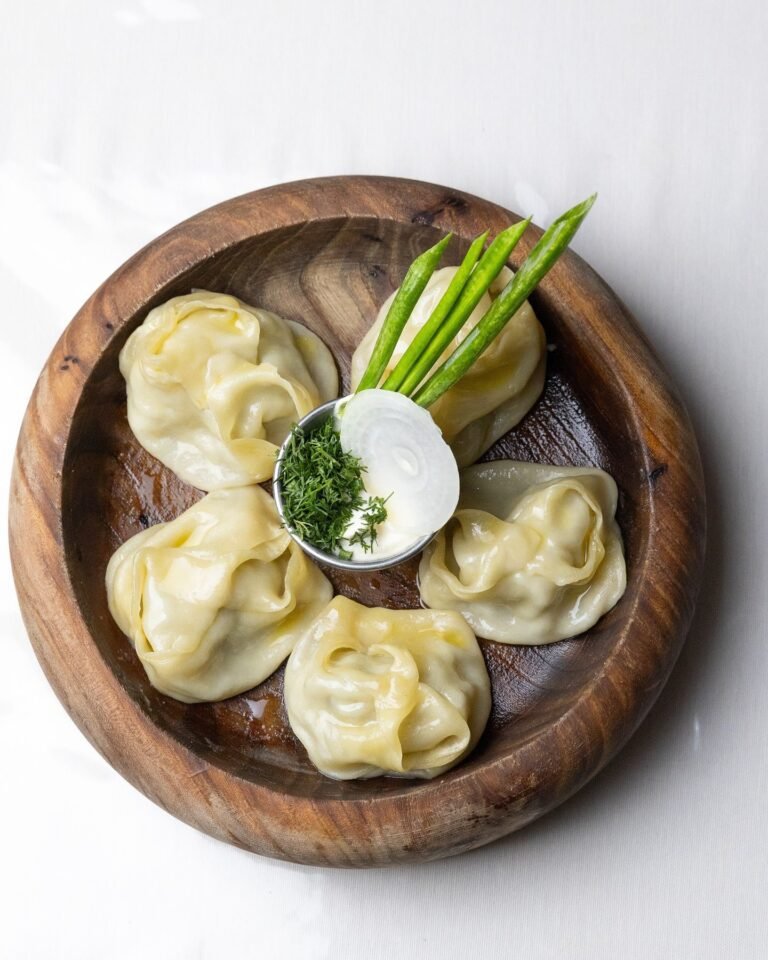妊娠中の旅行に関する 10 のヒント – 安全で快適な旅行戦略
Travelling while pregnant can be a joyful yet intimidating prospect. The anticipation of a new adventure combines with the need for extra caution to ensure both the mother’s and the baby’s well-being.
Expectant mothers can still enjoy the thrill of travel with proper planning and a few adjustments. It’s essential to consider the timing of your trip, as the second trimester is often regarded as the safest and most comfortable period for pregnant women to travel.

To ensure a smooth journey, comfort and safety are paramount. Pregnant travellers should prioritize staying hydrated, moving around during long trips to facilitate circulation, and maintaining a balanced diet. It’s also vital to know the location of medical facilities at the destination and to have the necessary 保険適用範囲.
By following these guidelines, pregnant women can minimize travel risks and discomforts, making their experiences pleasant and stress-free.
Tips for Traveling While Pregnant – Key Takeaways
- Proper timing and preparation can enhance travel safety and comfort for pregnant women.
- Comfort on the go is crucial, emphasizing hydration, mobility, and access to healthcare.
- Strategic trip planning supports the well-being of travelling expectant mothers.
旅行の計画を立てる

When preparing to travel during pregnancy, meticulous planning is paramount. The focus is on ensuring safety and comfort while accounting for possible health concerns. Let’s consider the essentials for a thoughtful itinerary.
Choosing the Right Destination
Selecting an appropriate destination is crucial. Pregnant travellers should choose places with readily available medical facilities and minimal disease risks. Avoid regions with prevalent Zika virus or malaria, as noted by the CDC.
The American College of Obstetricians and Gynecologists recommends that international travel to areas with limited access to emergency healthcare should be avoided, especially as the due date approaches.
Consulting with Your Healthcare Provider
Before making any travel plans, discussing them with an OB-GYN is essential. This allows for assessing any pregnancy complications that could affect the ability to travel. Ideal travel time is usually during the second trimester when the risk of common pregnancy emergencies is lower.
Travel Insurance and Safety Precautions
Secure travel insurance that covers pregnancy-related conditions. Confirm that the policy includes medical evacuation and that both travel and health insurance plans are in place to cover any unexpected pregnancy complications. Always have a copy of medical records and contact information for healthcare providers.
Best Time for Travel During Pregnancy
Timing your travel can significantly impact your comfort and safety. The second trimester is typically the best time for pregnant travellers, as the risk of complications is lower, and energy levels are more stable. Most airlines allow travel up to the 36th week, but some may have earlier restrictions. Always check their policies before 予約.
On-the-Go Comfort and Safety

For expectant mothers looking to travel, comfort and safety are top priorities. Whether planning a babymoon or a business trip, understanding how to navigate the various modes of transportation can ensure a pleasant and secure journey.
Air, Land, and Sea Travel Tips
空輸で:
- Booking:
- Choose an Aisle Seat: For easy access to the restroom and to move around periodically, which is essential for preventing blood clots.
- During the Flight:
- Wear Compression Stockings To reduce the risk of Deep Vein Thrombosis (DVT) when flying while pregnant.
- Stay Hydrated: Drink plenty of water to avoid dehydration during flights.
By Land:
- Automobiles:
- Ensure the seat belt sits below the belly, across the hips, and the shoulder belt between the breasts.
- Plan for Rest Stops: To stretch and reduce swelling and discomfort.
- Buses and Trains:
- Choose seats near restrooms and with more legroom if possible.
- Consider off-peak travel times for less crowded conditions.
At Sea:
- Choose Your Cruise Wisely:
- Some cruise lines restrict travel after 24 weeks or require a physician’s note.
- 医療施設: Confirm the availability of onboard medical care.
- 海 旅行のヒント:
- Bring medication for seasickness and ensure it is pregnancy-safe.
- Know the Itinerary: Be aware of opportunities for onshore medical care if needed.
Managing Health and Comfort During Travel
Health Precautions and Comfort Measures:
- Prenatal Care:
- Carry Prenatal Records: Keep medical and prenatal records handy.
- 旅行保険: Consider policies that include medical evacuation and coverage for pregnancy-related issues.
- Nutrition and Medications:
- Maintain a schedule for taking prenatal vitamins and any prescribed medications.
- Pack Snacks: High-protein snacks can help manage hunger and nausea.
Comfort and Well-being:
- Dress Comfortably:
- Wear Comfortable Shoes: Swelling can be an issue, so opt for shoes that aren’t restrictive.
- Loose, breathable clothing is advisable.
- Carry Essentials:
- Health Records: Have a copy of your health records and contact information for your healthcare provider.
- Insect Repellent and Hygiene Products: Choose pregnancy-safe options.
Travelling during pregnancy certainly requires extra consideration, but with the proper preparations and precautions, it can be a delightful experience. Before any trip, remember to consult with a healthcare provider to address specific health needs and recommendations.





